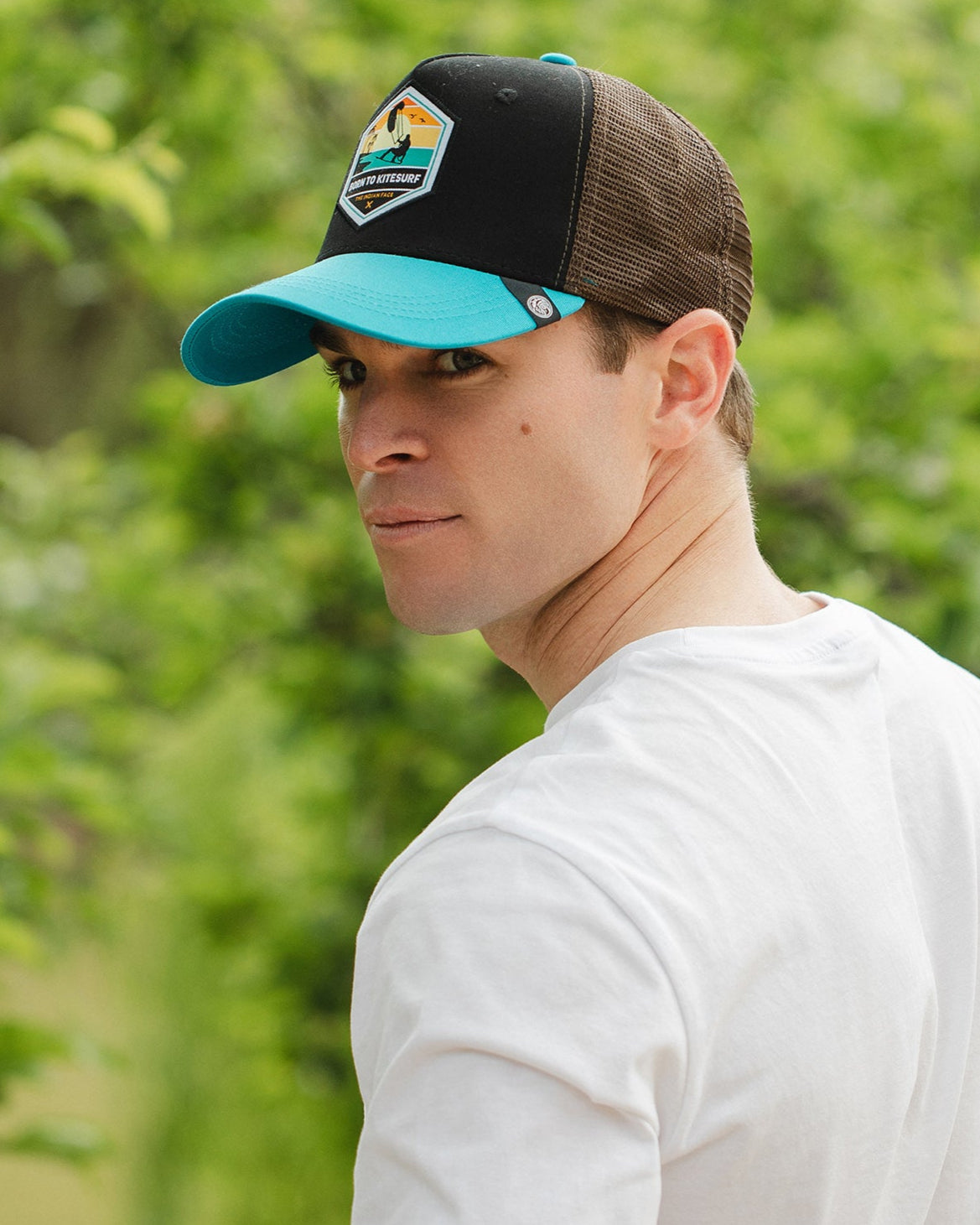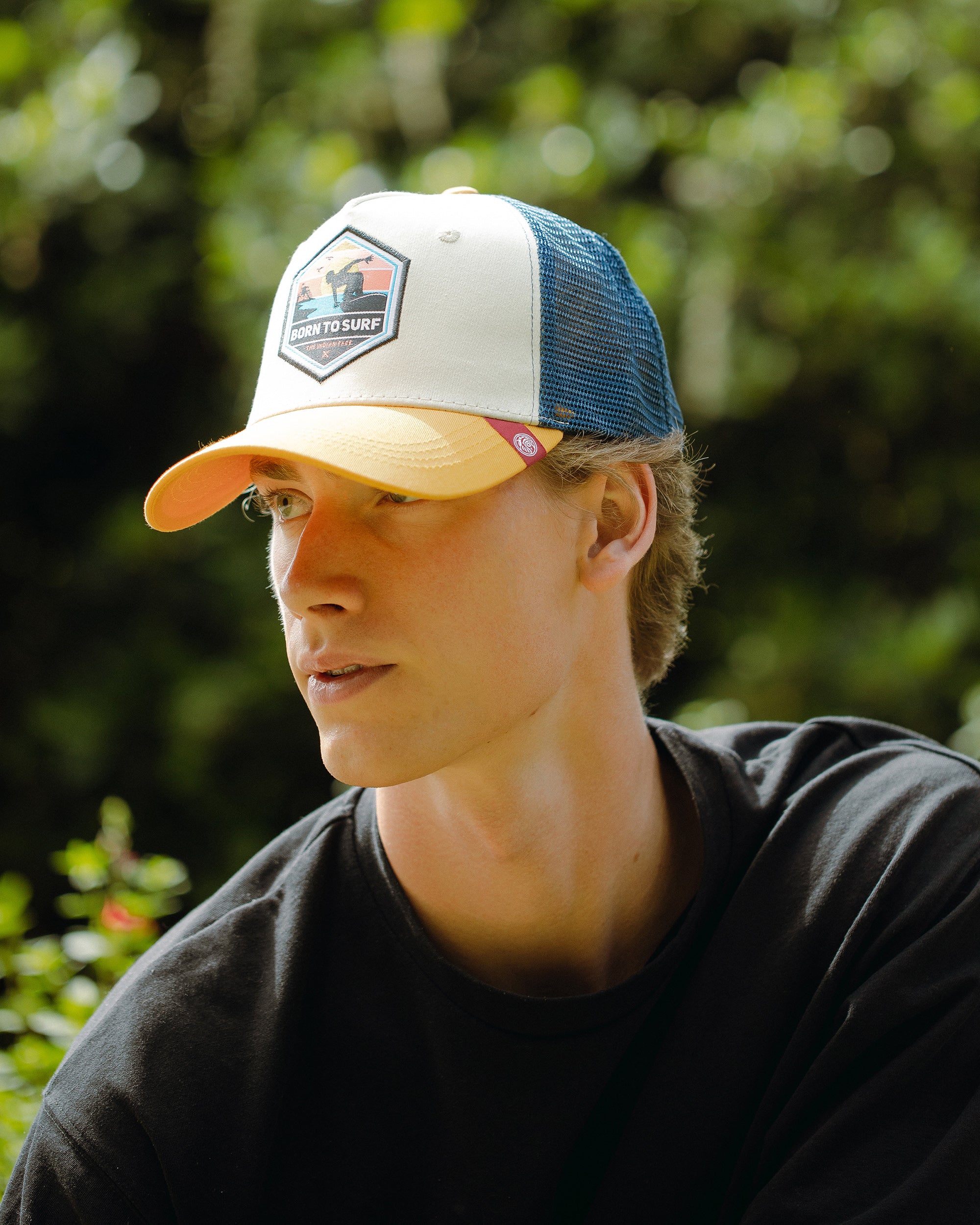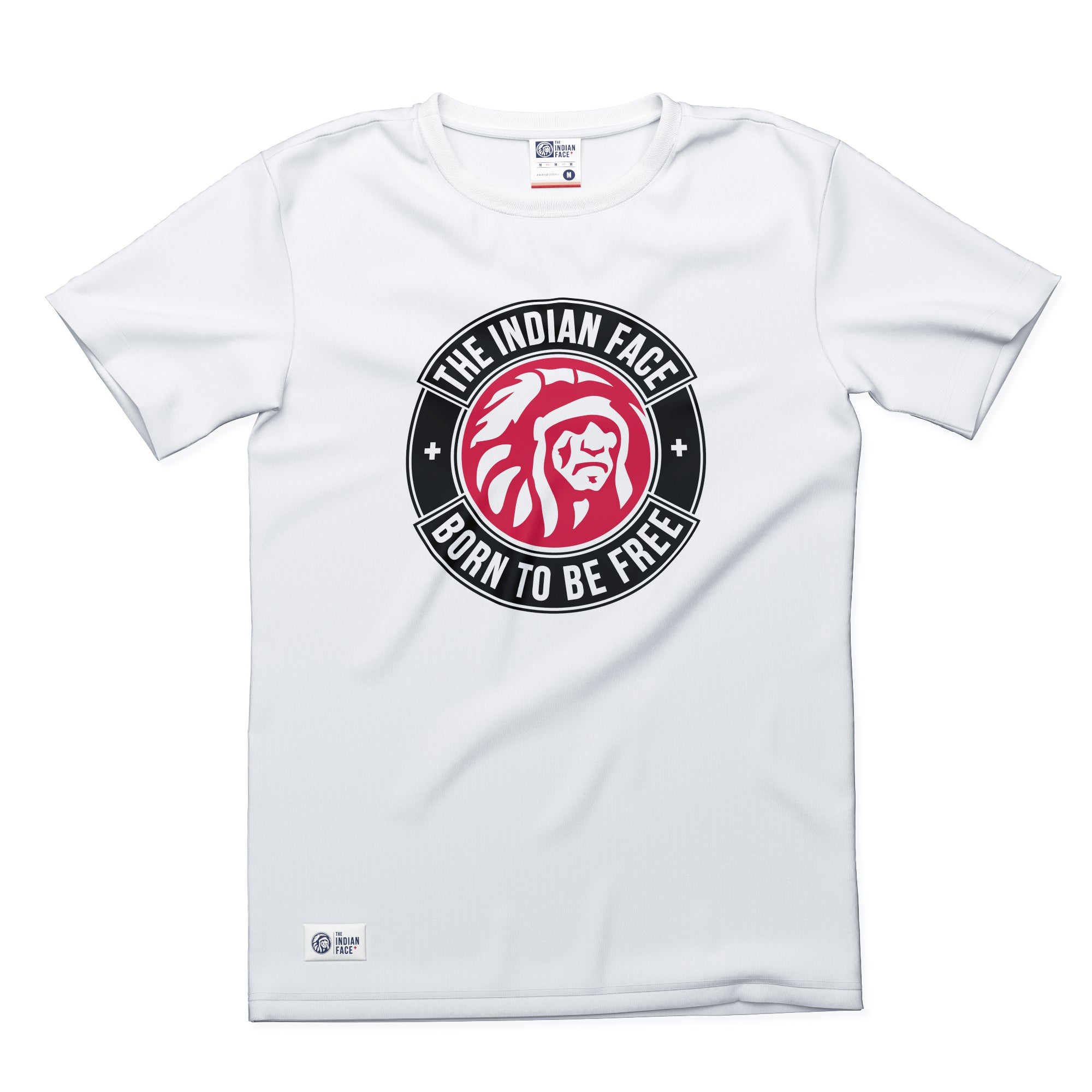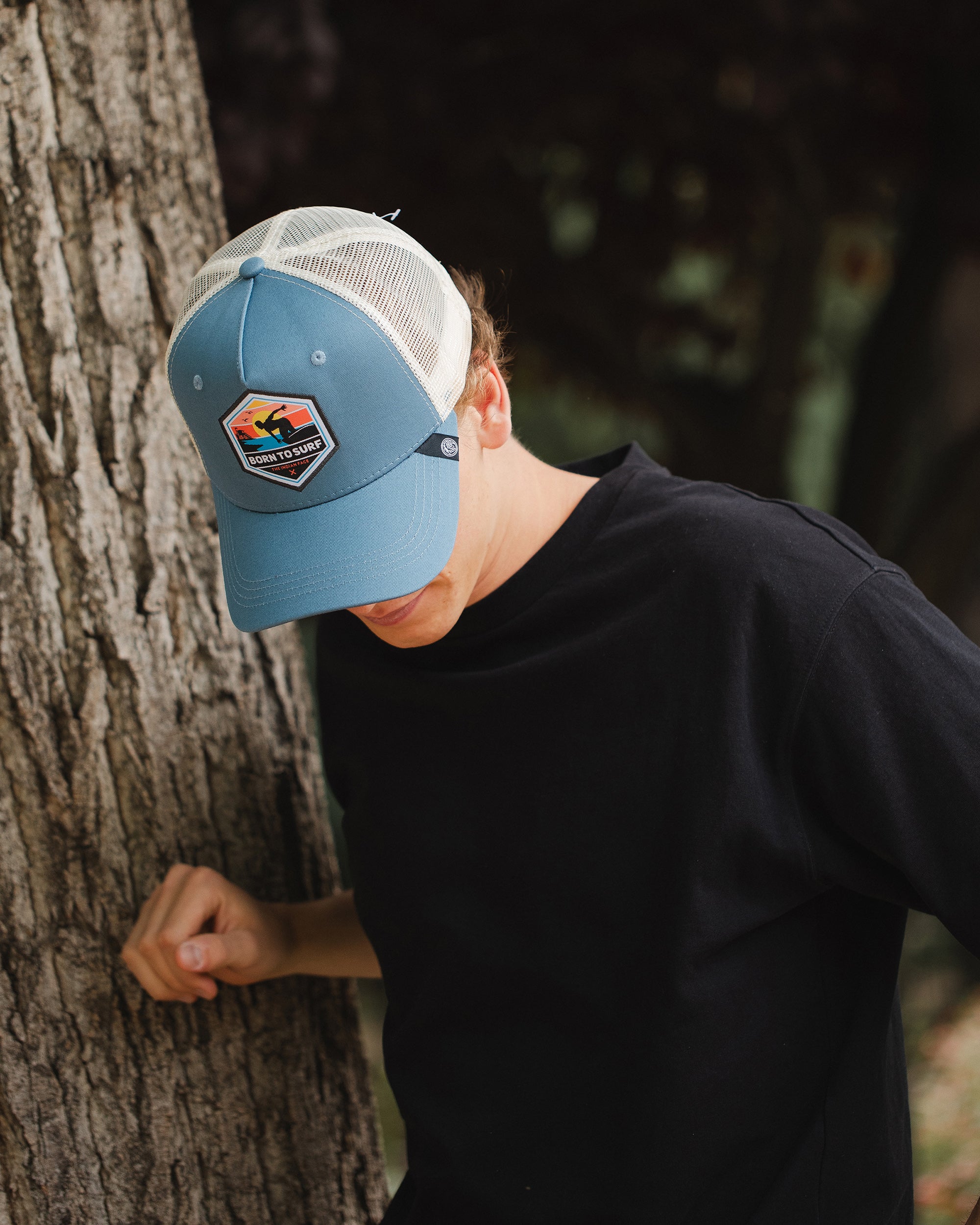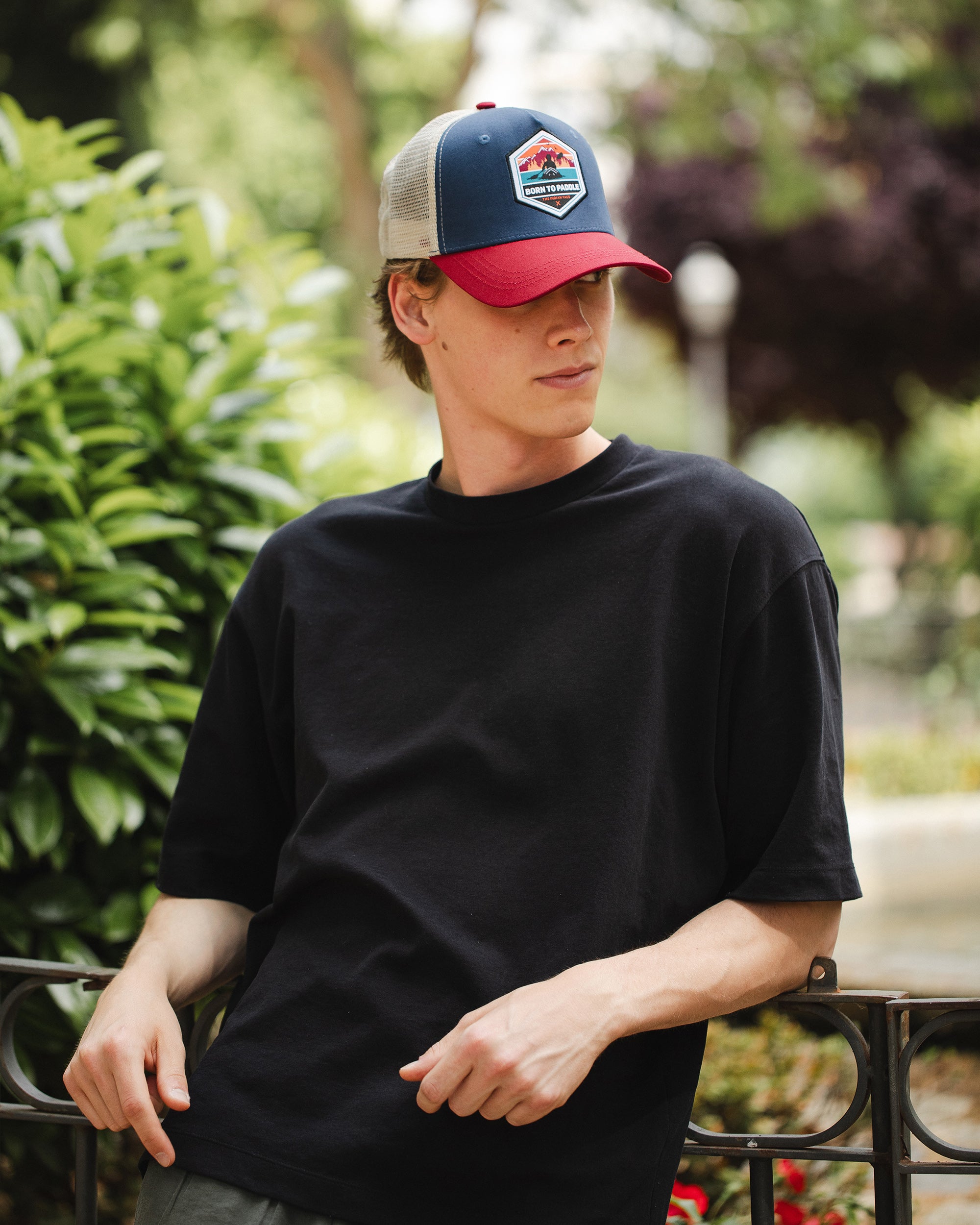If you are a faithful follower of athletics, you probably already know the merits of the American athlete Jesse Owens. In addition to being considered the best athlete in the world in his time, he also won multiple titles that made the athlete become a true milestone in athletics.
In 1935 he equalled the absolute record during the Big Ten Conference, an NCAA competition in which 28 events in 28 different sports are contested. As if that were not enough, he was also the winner of four gold medals at the 1936 Berlin Olympics in the 100 and 200 meter dash, long jump and 4x100 m relay events. 2.
His achievements have earned him the USA Track and Field Athlete of the Year award. Now that you know some of the athlete's most significant achievements, do you want to know more about his professional and personal life? Read on to discover 10 interesting facts about the athlete.
1. Where and when was Jesse Owens born?

The athlete was born on September 12, 1913 in Oakville, Alabama (United States). He is the youngest of his nine siblings and due to the racist attacks that the family endured in this town, they moved when Jesse was only 9 years old to the city of Cleveland, Ohio (United States). It was there that he studied at the Farimont High School and developed his sporting skills.
2. Did you know that the athlete's real name is James Cleveland Owens?
Although he is known as Jesse Owens, the athlete's real name is James Cleveland Owens. It was at high school in Ohio that everyone started calling him Jesse after a teacher asked him what his name was and he, with his shy southern accent, answered: J. C, in honor of his initials. Since then, everyone knows him as Jesse Owens.
3. What did Jesse Owens do before becoming a professional athlete?
Despite being clear that sport was his passion, the American had to look for other jobs during his adolescence to earn some money. He was a merchandise deliveryman, a waiter for a shoe workshop and even helped his father and brother in the trade, who worked in the metallurgy field.

It was in high school that he began to lean towards speed racing, and thanks to his coach Charles RileyOwens began to delve into athletics. Years later, he confessed his gratitude to Riley, who gave him the following advice: “Don’t look to the sides, do like horses, they just run.” In addition to working and studying, the young athlete trained before school hours so he could combine all his duties without problems.
4. Have you heard about the hug that challenged Hitler?
Two competitors faced each other in troubled times. One from a liberal state, against another competitor representing a totalitarian state, but both with the same background, sport and desire to win. For a moment, racism, supremacy and politics were put aside. Jesse Owens and Lutz Long faced each other in the long jump, Lutz gave Owens some wise advice for the jump and thanks to this, Owens beat Lutz, a victory that they celebrated with a hug and from there a beautiful friendship arose. But the hug caused a stir in the German press, who described it as a "direct challenge to Hitler."

5.Where did Jesse Owens study?
The athlete studied at Ohio State University thanks to the savings his father had earned to be able to enroll him in said institution. Once he joined the university's athletics team, he began to be known as "The Bullet", as he won eight titles in competitions organized by the NCAA, the association that organizes most of the sporting events in American universities. Despite his undoubted talent as an athlete, the racism to which African Americans were subjected prevented his successes from being recognized in a fair way. For this same reason, Owens never received a scholarship at the university for his achievements as an athlete, so he was forced to continue working to finance his studies.
6. How Did this athlete mark a milestone in Nazi history?

In 1936 the Olympic Games were held in Berlin, an event that would exalt the sporting quality of the Germans, according to Hitler. It was here, when the inclusion of a young African-American athlete changed the course of the competition.

Unintentionally, Owens exposed Hitler's supremacist theories by winning four gold medals and placing himself far above the German athletes. In this way, Hitler acknowledged on several occasions the anger he felt that an African-American, with much more muscular build than the Germans, had demonstrated talent and power in the Olympic Games held in his own country. Likewise, and unintentionally, Owens became a figure against racism and the supremacy of the Aryan race.
7. What happened to Owens after returning to the United States after the Berlin Olympics?
Owens, who believed that his achievements at the Olympics would dispel the racism he had become accustomed to, arrived in the United States and was once again faced with the same reality as before he won four gold medals. Both the president and the authorities of the country denied any kind of recognition to the athlete, and even removed his position as an athlete in the Amateur Athletic Union. This was the end of Owens' career as an athlete.
8. Did you know that Owens was a vice president and owner of a baseball team?

Following the opposition of the American authorities to the American's arrival from the Olympic Games, Owens put an end to his career as an athlete and began to focus his future projects on other sporting fields. It was at this time that he participated in the creation of the Afro-American Baseball League and became vice president and owner of the Portland Rosebuds team. Despite the efforts of Owens and his teammates, the project only lasted two months and then faded away.
9. What was your hobby after retiring?
After his contribution to the Afro-American Baseball League, Owens was named a goodwill ambassador by the government and became interested in horse racing, with which he had dueled after the Berlin Olympics in a peculiar race in Havana, Cuba, where the horse ran 140 yards while Owens ran 100. After his retirement, the American spent his time training racehorses for competitions in various countries.
10.Want to know what happened to the room Owens stayed in at the Olympics?

Following Owens' death at the age of 66 from lung cancer, the Olympic Committee decided to turn the room where the athlete had stayed during the Berlin Olympics into a museum where all the most representative photos of Owens' achievements could be displayed. In addition, a letter given to the athlete by a fan advising him not to shake hands with Hitler can be found in this room.
Having looked back at the achievements and failures of the athlete Jesse Owens, we can safely say that his successes were the result of the athlete's perseverance, hard work and dedication, and despite not having had the recognition he deserved due to the political situation at that time, today he is a great legend of athletics.







